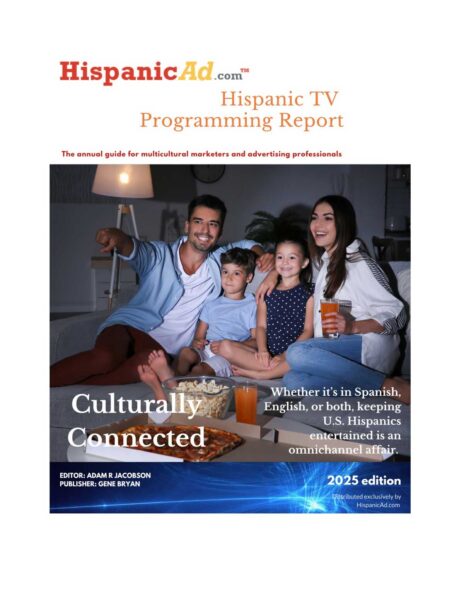One-third Of American Internet Users Have Access To Broadband.
May 27, 2001
Nearly one-third (31 percent) of American Internet users have broadband access at home, work or school according to a new study by Arbitron Inc. and Coleman, a media research firm specializing in music, trends and branding.
Broadband Revolution 2: The Media World of Speedies found nearly two-thirds (64 percent) of Internet users who have broadband access
(“speedies”) are connected through their workplace and more than one-third (37 percent) have access at home.
There is little overlap between those with broadband at work and at home. Of consumers with access to broadband at home and/or work, 58 percent have access only at work and 27 percent have broadband access only at home. Only 15 percent have access at both locations.
“With broadband, most of the attention has been focused on the growth of the residential market, but the large number of Internet users who have broadband at work represents a larger potential market for streaming audio and video providers,” said Warren Kurtzman, vice president, Coleman. “Radio and television broadcasters can extend their brands and bring compelling content to consumers in exciting new ways by concentrating on speedies at work in addition to at home.”
The study also found that college speedies are likely to get residential broadband service in the future. More than one-third (38 percent) of college speedies say they are either “very likely” or “somewhat likely” to get broadband at home if they were no longer in school. More than one-fifth (22 percent) use broadband as a source of entertainment.
In contrast, work speedies are even more likely to think of the Internet as a source of information (82 percent) versus entertainment (8 percent). Overall, three-quarters of all speedies view the Internet as a source of information.
“We believe that today’s college market is an early indicator of how consumers will embrace broadband in the near future,” said Bill Rose, general manager and vice president, Arbitron Webcast Services, Arbitron Inc. “Since college students are more likely to view the Internet as an entertainment medium it will be crucial for the industry to develop compelling new forms of online entertainment in order to drive broadband adoption.”
Speedies, Media Multi-tasking and Future Growth
Speedies spend as much time online as they do with radio or TV. On average, speedies report using the Internet for two hours and 16 minutes in a typical day. Radio is the most heavily used traditional broadcast medium among speedies, with an average two hours and 28 minutes daily listening, followed by television viewing with two hours and 11 minutes daily and pre-recorded music listening with one hour and 25 minutes.
Overall, nearly half (45 percent) of all speedies report at least some instances of media multi-tasking – consuming more than one media at the same time. One of five (20 percent) media multi-taskers frequently listen to pre-recorded music on CDs, tapes or record when at a computer. Among home speedies, nearly two-thirds (63 percent) have a TV in the same room as their broadband connection, with 40 percent of them frequently watching while using the Internet.
Methodology
Arbitron and Coleman conducted 20-minute telephone interviews with a national sample of 800 speedies aged 12 or older in May 2001.
For a copy of the study CLICK below (Adobe Acrobat required):
http://www.arbitron.com/downloads/broadband_2.pdf




























